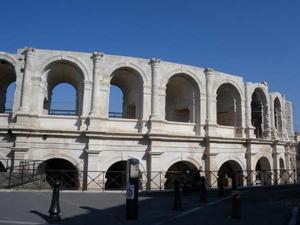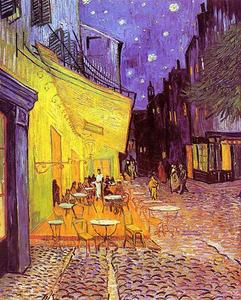Arles History
The early history of Arles
The first recorded inhabitation in Arles was by Greek-Phoenicians in the 6th century BC - the town was originally called Theline. In the 1st century BC the region came under the legislation of the Romans. And it was in 102 BC, that Gaius Marius started to construct the Fossae Marianae, a canal that ran parallel to the river Rhône from Arelate (Roman Arles) to the sea. During this period Arles became one of the most prosperous towns in France through its trade as a commercial port.
In the 1st century AD, Julius Caesar annexed Arles to his empire making it the capital of Roman Provence and using its shipyards to build warships in the fight against Massalia. For four centuries the town prospered as a major trading centre and it was during this time that the Amphitheatre, Théâtre Antique and Thermes de Constantin were constructed (they still stand today), marking a pinnacle of Arles’ long and interesting history. As the Roman Empire collapsed during the 5th century, Arles went into decline.
Arles from Medieval to Modern Times
From the 5th to 9th centuries Arles was caught up in a series of dilapidating invasions by Visigoths, Barbarians and Saracens and remained a city in decline. In the 12th century the region became the Kingdom of Arles under the rule of Rudolf II and the city recaptured some of its former glory as capital of this new independent state. In 1521, Arles was permanently attached to the Comté de Provence and eventually became a part of France.
In the 17th and 18th centuries Arles became an important entrance point for immigrants coming from North Africa and it was during this period that many of the town houses that characterise the town today were built.
In 1888 the artist Vincent Van Gogh came to Arles and stayed for over a year. In this time he produced more than 200 paintings including ‘The Starry Night’, ‘Café de Nuit’ and ‘The Sunflowers’. Unfortunately many of the places that Van Gogh had visited and painted were destroyed during bombing raids in World War II.

